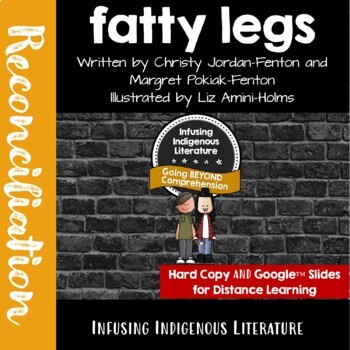

The colour illustrations by Liz Amini-Holmes are in bright and bold colours that add to the story's text. When the time comes for Margaret's younger sisters to attend residential school Margaret is asked to perform her most difficult challenge by returning to the place that made her an outsider in her own community. Margaret slowly regains her parents love and understanding as her mother asks for reading and writing lessons and Margaret receives her own dog team and sled to care for. Even her best friend Agnes was prevented from playing with Margaret because the community felt that Margaret was now a bad influence as an outsider. But Margaret realizes she has changed forever because she no longer remembers her Inuvialuit language, turns up her nose at her mother's country food, and finds her residential school clothes more comfortable than her Inuit-style clothing. This initial reluctance by her mother is countered by the loving embrace from her father.

Margaret is full of anticipation and joy but suddenly comes to grips with the fact that her mother no longer recognizes her ten-year old daughter with short hair and looking taller and thinner. This 124-illustrated chapter book joins Margaret upon her return to her family from spending two years at residential school. A Stranger at Home: A True Story is the sequel to the novel Fatty Legs by Christy Jordan-Fenton and Margaret Pokiak-Fenton. Ceremonial dances in books like the Jingle Dancer, Peace Dancer and The Drum Calls Softly. Throughout the curation of this bibliography, I have been able to read many books that deal with issues of residential schools such as Fatty Legs, Shi-shi-etko, Shin-chi’s Canoe, Secret Path and I am not a number. Nonetheless, many can be used for my grade level and all can be used for upper elementary for sure. However, not all the books I have curated in this bibliography are for the current grade level I teach. Initially, when I started looking for books, I felt I wanted to locate books specifically for early elementary. I am now always on the lookout for new book releases. It seems more and more books are being published all the time. This list is by no means all the books available on First Nations, Metis and Inuit perspectives. As I have continued to grow in my foundational knowledge I decided to create a book list of children’s books I could use in my classroom or in future classrooms which will hopefully help my students develop a greater understanding and respect for First Nations, Metis and Inuit.


 0 kommentar(er)
0 kommentar(er)
